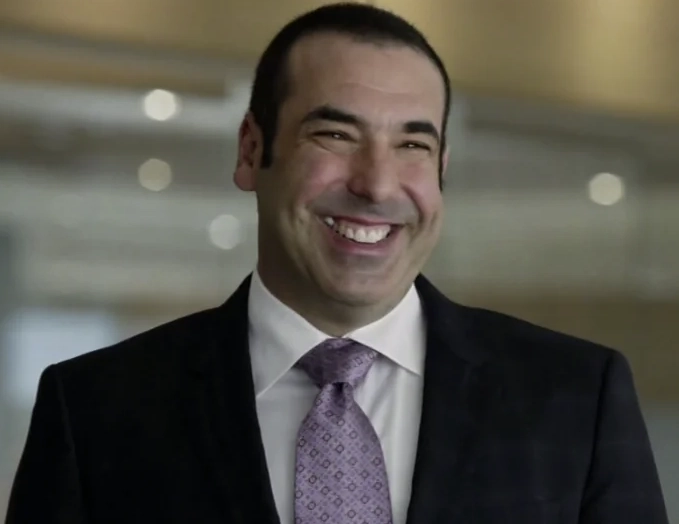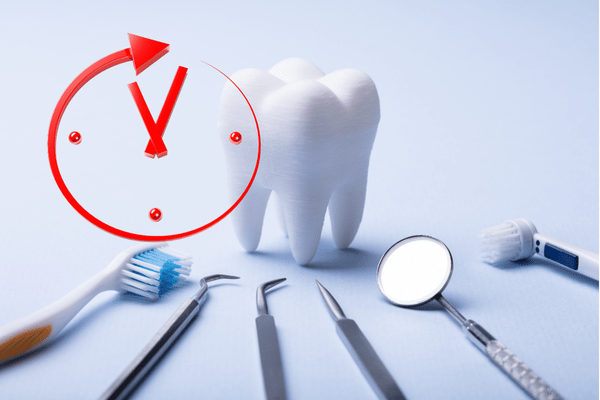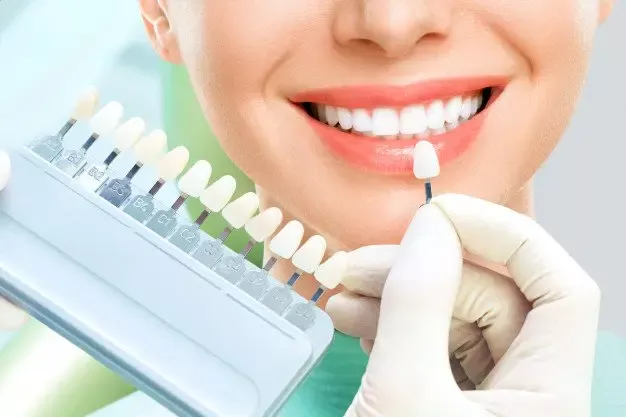Gum recession is a condition where the gum line recedes, exposing the root of the tooth. In this article, you can find information about the treatment methods for gum recession and how to regain a healthy smile.
Gum Recession: Symptoms and Causes
Gum recession is a condition where the gum tissue around the teeth recedes, exposing the tooth’s root. This condition can manifest with the following symptoms:
- Teeth appearing longer and the tooth neck becoming exposed
- Sensitive tooth roots and discomfort
- Formation of gaps between teeth
- Change in color or thinning of the gum tissue
There are several reasons for gum recession, including poor oral hygiene habits, excessive force during tooth brushing or flossing, gum infections, teeth clenching or grinding, among others.
Treatment Methods for Gum Recession
Gum recession can be treated, especially when detected in its early stages. Here are the treatment methods for gum recession:
- Professional Dental Cleaning: A dentist or dental hygienist can perform a professional cleaning to remove plaque buildup and promote gum health. This can halt the progression of gum recession and encourage a healthy gum line.
- Surgical Treatment: If gum recession has advanced, and the tooth root is exposed, surgical treatment may be necessary. A periodontist or oral surgeon can use procedures like grafts or similar techniques to reshape the gum tissue and cover the exposed root.
- Dental Prosthetics: If gaps have formed due to gum recession, dental prosthetics can be used to replace lost teeth and restore the appearance of a healthy gum line.
- Brushing and Flossing: Correct tooth brushing technique and regular flossing are crucial in preventing and treating gum recession. Consult your dentist for guidance on toothbrush and dental floss selection.
- Healthy Nutrition: Healthy eating plays a significant role in gum recession treatment. A balanced diet strengthens the immune system and supports gum health. Additionally, avoiding sugary and acidic foods can help reduce the risk of gum recession.
- Smoking and Alcohol Cessation: Smoking and excessive alcohol consumption are harmful to gum health and can accelerate gum recession. Therefore, quitting or limiting these habits is essential for gum health.
It’s important to note that the treatment process for gum recession may vary from person to person. Consulting a dentist is crucial to determine the best treatment methods and create an appropriate treatment plan. Regular dental check-ups and consistent dental hygiene routines are essential to maintain gum health.
In conclusion, the treatment methods for gum recession, when combined with early detection and proper care, can help you regain a healthy smile. Collaborating with your dentist can help determine the most suitable treatment methods and take preventive measures to preserve gum health and the beauty of your smile.















